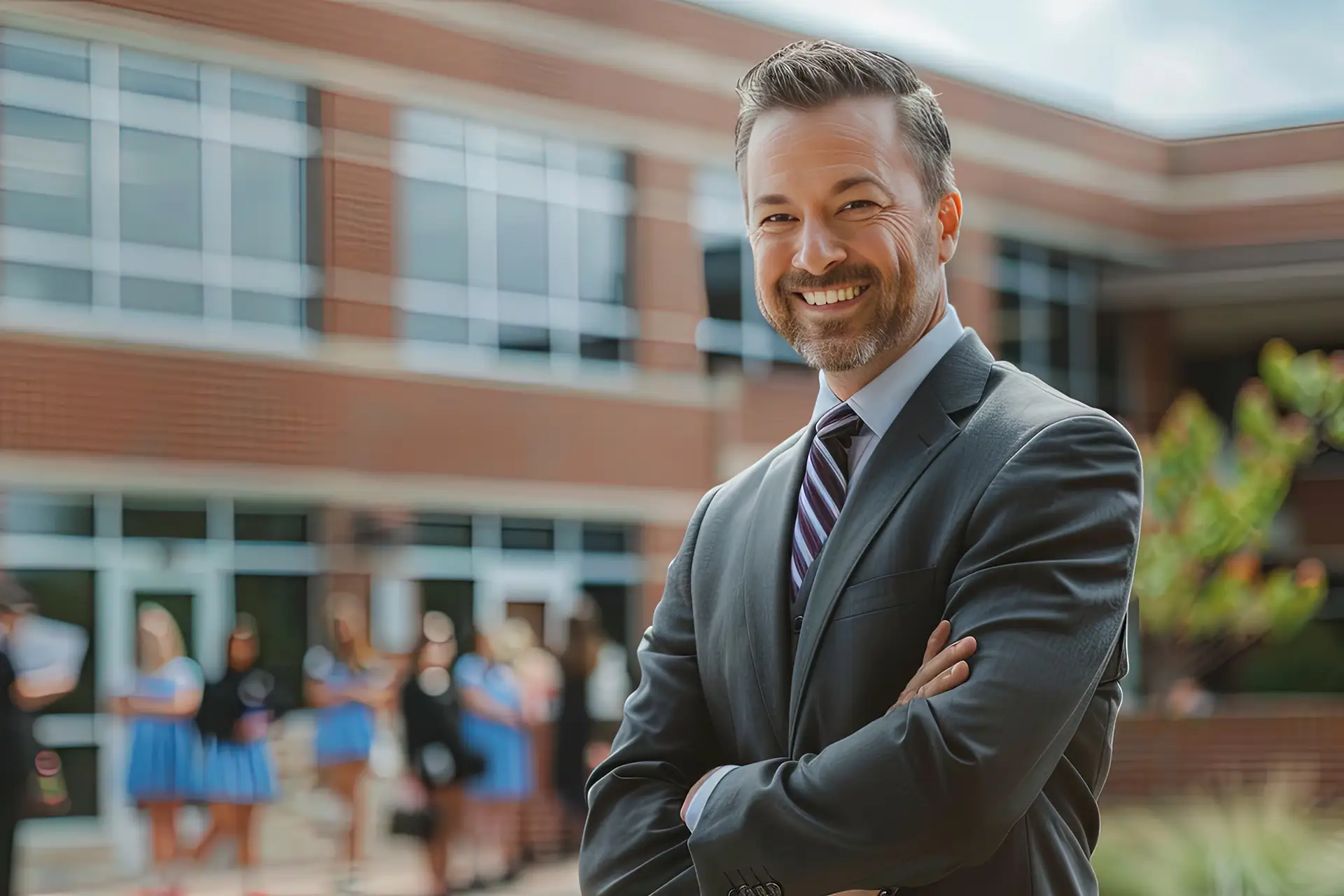On January 14, Governor Kathy Hochul delivered her annual State of the State Address in Albany. The governor’s plan for 2025 includes several initiatives focused on supporting children and education in New York State. Among the proposed initiatives are an expansion of the child tax credit and a free universal school meal program.
In her address to the State last month, Governor Kathy Hochul emphasized the need to support New York’s children and their families. Hochul laid out her plan to increase the child tax credit in New York, raising the maximum credit for children under age four to 1000 dollars. The plan also calls for an increase in the credit for children over age four to 500 dollars in 2026. These proposed increases represent a significant jump from the current maximum credit of 330 dollars per child. The expanded child tax credit would help to support more than 2.75 million children across New York State, extending to previously ineligible middle-class families. Hochul cites this initiative as a critical step in reducing child poverty in New York State.
Hochul also announced her plans for a universal school meal program, which will provide free breakfast and lunch to all students in New York State public schools regardless of income. The governor remarked: “The research is abundantly clear. Children who grow up hungry score lower on tests and underperform…In the wealthiest country in the world this can no longer be tolerated. Not in America and definitely not in the great state of New York.” The program is aimed at reducing hunger and food insecurity among school-age children, thus improving mental well-being, physical health, and academic performance. The program will also provide financial relief for families with school-age children, saving families an estimated $165 per child each month in grocery bills.
The governor discussed several further initiatives concentrated on children and education. Among these are new standards for distraction-free learning, the College-in-High School Opportunity Fund, and the launch of “Get Offline, Get Outside 2.0.”
- Distraction-Free Learning: sets out to restrict smartphone usage in K-12 schools as a way of improving student safety, mental health, and academic success.
- College-in-High School Opportunity Fund: expands access to college courses for high school students, reducing time and money spent on college education.
- “Get Offline, Get Outside 2.0”: increases the State’s support for youth programming including sports, drama and music programs, volunteer opportunities, and more.
For a complete list of initiatives included in the 2025 State of the State, along with their descriptions, refer to the 2025 State of the State Book.
2025 is set to bring with it some significant changes in the education space. While you prepare your school district to adopt the latest state-wide policies, you can rely on RBT CPAs to take care of all of your accounting, tax, audit, and advisory needs. Give us a call today to speak with one of our accounting professionals and find out how your school district can benefit from our expert services.










